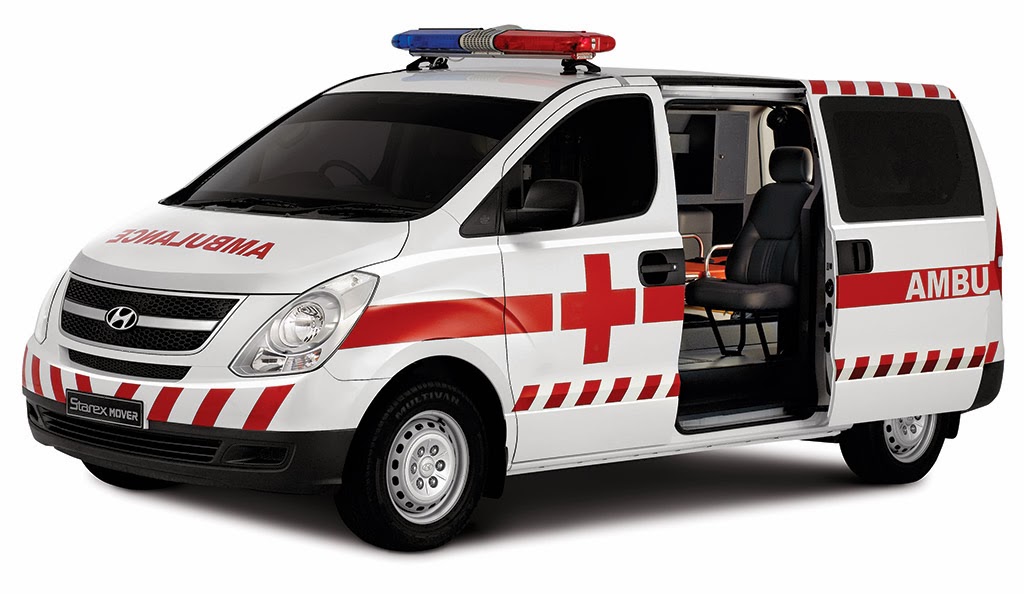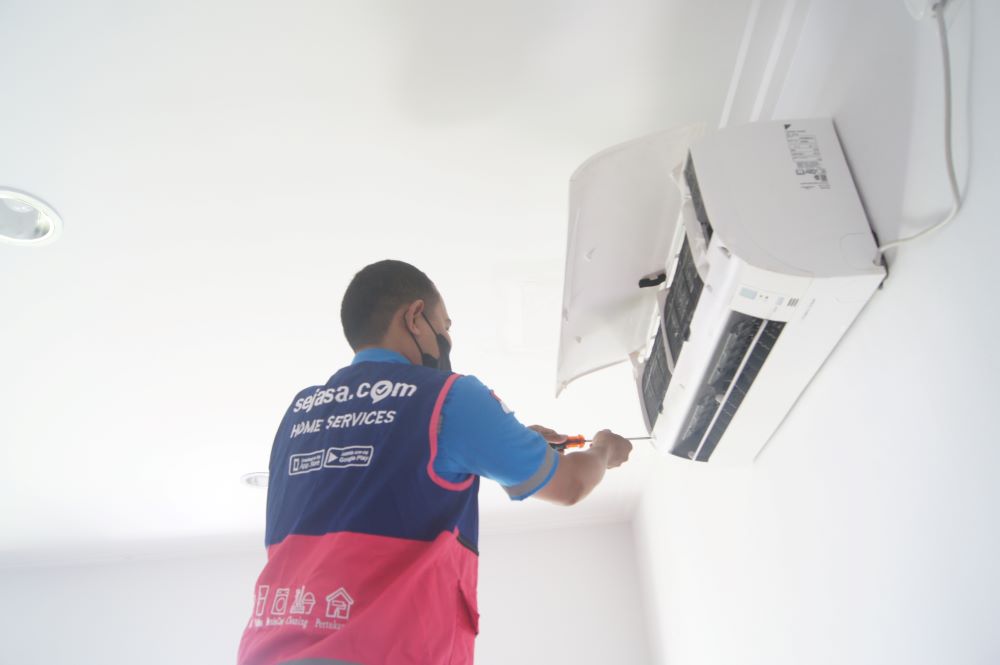Gili Air is the perfect mix of serenity and adventure — a peaceful island escape with just the right touch of energy. Tourists come here to dive, relax, and disconnect. But while the scenery is idyllic, it’s important to ask a simple question that often gets overlooked:
What happens if you face a medical emergency while staying on Gili Air?
The answer lies in the island’s unique approach to healthcare — particularly the system known as ambulance Gili Air. While the island has no cars or hospitals, there are reliable systems in place for emergencies. In this article, we’ll walk you through how these services work, what to expect during an emergency, and how you can stay prepared during your stay.
Gili Air: No Cars, No Problem?
Just like its sister islands Gili Trawangan and Gili Meno, Gili Air is completely car-free. Transportation here consists of bicycles, foot traffic, and the occasional horse-drawn cart (cidomo). This makes the island a tranquil place to visit, but it also presents challenges in the event of serious medical emergencies.
Unlike large cities where ambulances arrive in minutes with sirens blaring, ambulance Gili Air services are adapted to the local setting — using a blend of local transport, island clinics, and marine evacuation routes.
What Does “Ambulance Gili Air” Really Mean?
On Gili Air, an “ambulance” isn’t a large van with flashing lights — it’s a coordinated system that includes:
- On-Island Emergency Clinics
These clinics provide initial treatment for injuries, illnesses, and medical concerns. They serve as the first line of response and can stabilize patients before further action is taken.
- Emergency Transport (Cidomo or Electric Carts)
Since motorized vehicles are not allowed, local staff may use carts or bicycles to reach and transport patients to the clinic.
- Ambulance Boats to the Mainland
For severe cases, patients are transferred by ambulance boat to Lombok, where they can receive full hospital care.
- Mainland Ambulance Coordination
Once the boat reaches the mainland (usually at Bangsal Harbor), a ground ambulance is waiting to transfer the patient to a hospital in Mataram or Senggigi.
Together, these services form the ambulance Gili Air network — a practical and reliable system that works even in a car-free environment.
When Would You Need an Ambulance on Gili Air?
While Gili Air is peaceful, accidents and illnesses can still occur. Some common situations where ambulance Gili Air services are needed include:
- Diving-related incidents such as decompression sickness
- Heat-related illnesses like heatstroke or dehydration
- Motorbike or bicycle accidents
- Severe allergic reactions or food poisoning
- Heart attacks, fainting, or chest pain
- Infections, dengue fever, or other tropical diseases
In each of these cases, quick access to care is vital — and the island’s emergency services are prepared to help.
Step-by-Step: How Ambulance Gili Air Services Work in Practice
Understanding the emergency process on Gili Air helps you act calmly and quickly when needed. Here’s how it typically works:
- You call or visit the nearest clinic.
Many clinics on Gili Air operate 24/7 and are staffed with medical professionals trained in emergency care.
- Medical staff assess and stabilize the patient.
If the condition is manageable on the island, treatment may begin immediately. If further care is needed, the clinic arranges an evacuation.
- Ambulance boat transfer is arranged.
The clinic contacts a speedboat provider who specializes in medical transport. The patient is then taken to Lombok.
- Ground ambulance takes over on the mainland.
Once the patient arrives at the port, an ambulance will be waiting to transport them to a hospital.
Clinics That Handle Emergencies on Gili Air
Several medical clinics on Gili Air offer emergency care and coordination with ambulance Gili Air services. These clinics are experienced in managing both minor and serious health concerns and can quickly arrange transfers when necessary.
Most of these clinics also have multilingual staff, which is helpful for international travelers. If you’re visiting the island, it’s a smart idea to save their contact details in your phone.
Do You Need Travel Insurance?
While we won’t go into the cost details, it’s worth noting that having travel insurance can make your experience much smoother if you ever need medical evacuation. Look for plans that specifically cover emergency transport from remote islands.
Before traveling to Gili Air, check if your policy includes:
- Emergency treatment
- Medical evacuation
- Boat and ground ambulance coverage
- Hospital care in Lombok or Bali
How to Be Prepared: Quick Tips for Travelers
Even on a laid-back island like Gili Air, being prepared can make a big difference in an emergency. Here are a few practical tips:
✅ Save the contact info of local clinics on your phone.
✅ Let someone know your plans when exploring or diving.
✅ Learn basic first aid before your trip.
✅ Stay hydrated and wear sun protection.
✅ Keep copies of your travel insurance accessible.
Being informed means you’ll know what to do — and who to call — in a critical moment.
Final Thoughts: Stay Safe Without Worry
Gili Air is a peaceful, stunning destination that offers a truly unique experience. And while most visits are filled with sun, sea, and smiles, it’s comforting to know that ambulance Gili Air services are available when needed.
From island clinics to ambulance boats and ground transport on the mainland, the emergency care system here may be different — but it’s efficient, professional, and focused on helping you recover quickly.
Whether you’re visiting for a weekend or settling in for a long stay, having a basic understanding of how ambulance Gili Air works will give you peace of mind — and help you enjoy your time on the island to the fullest.










